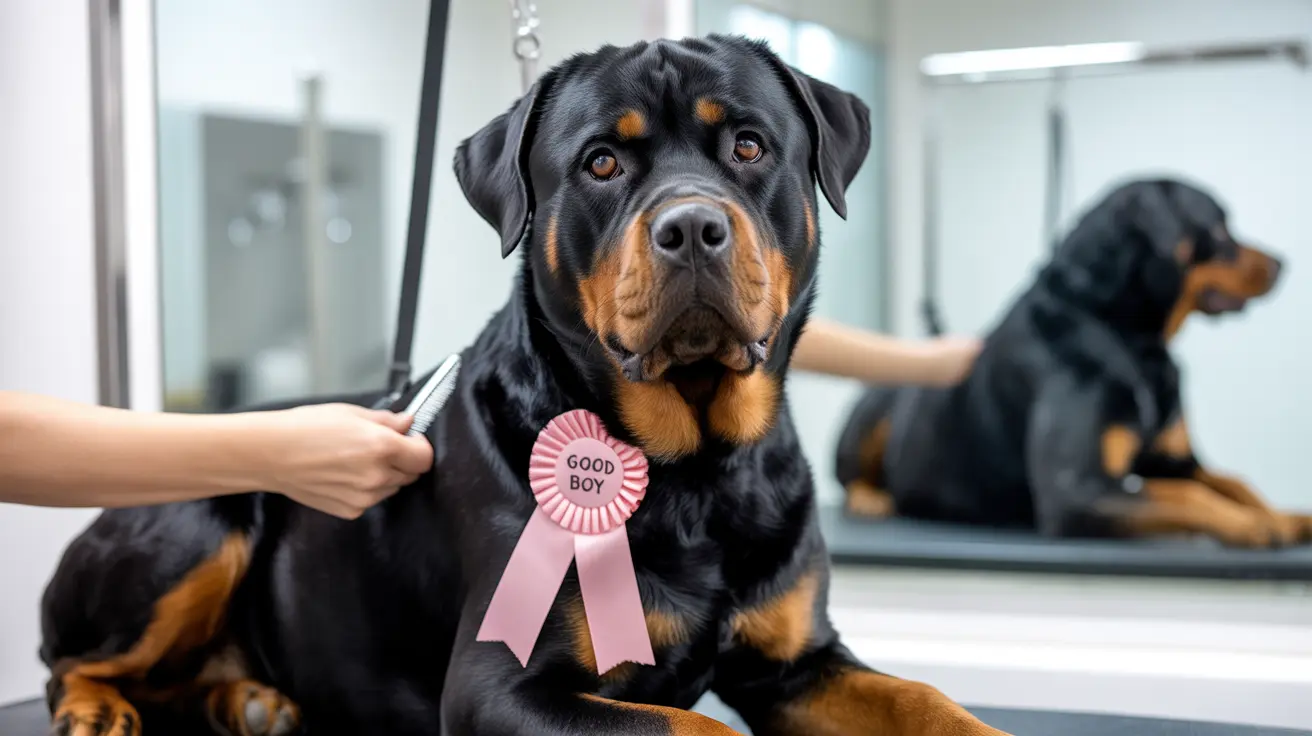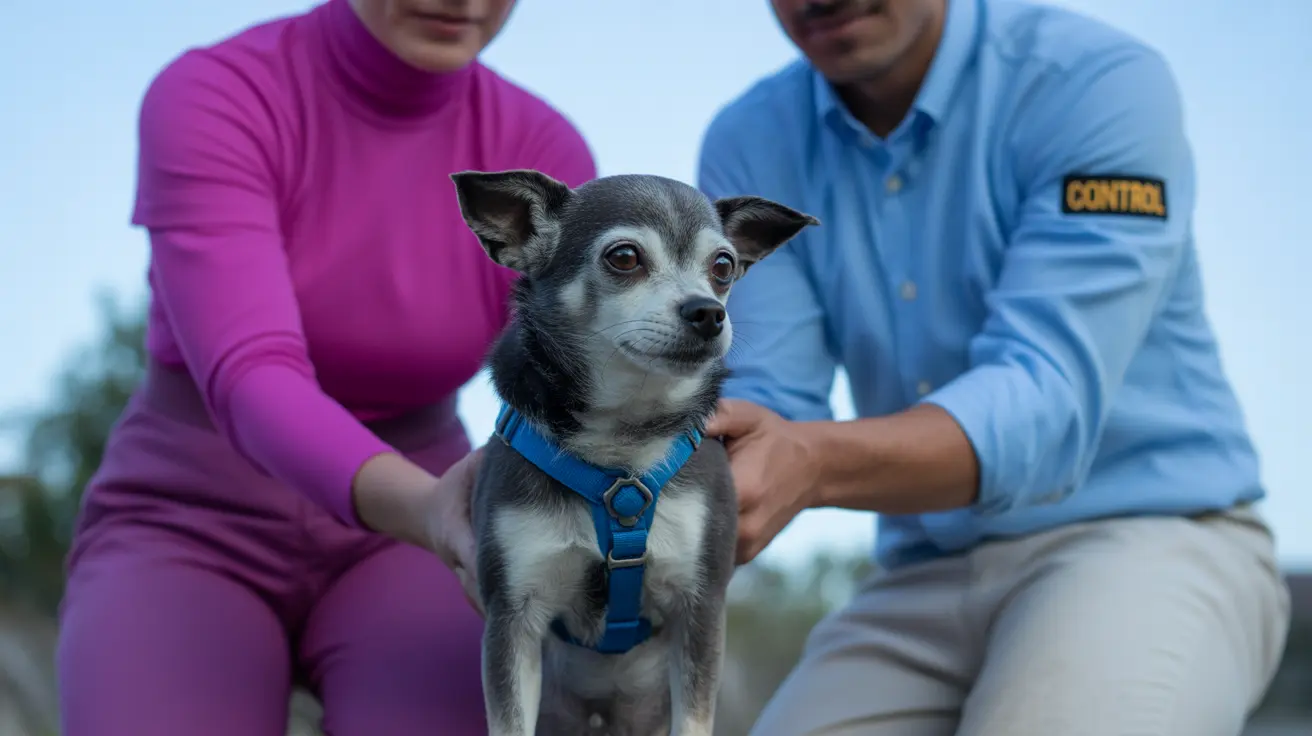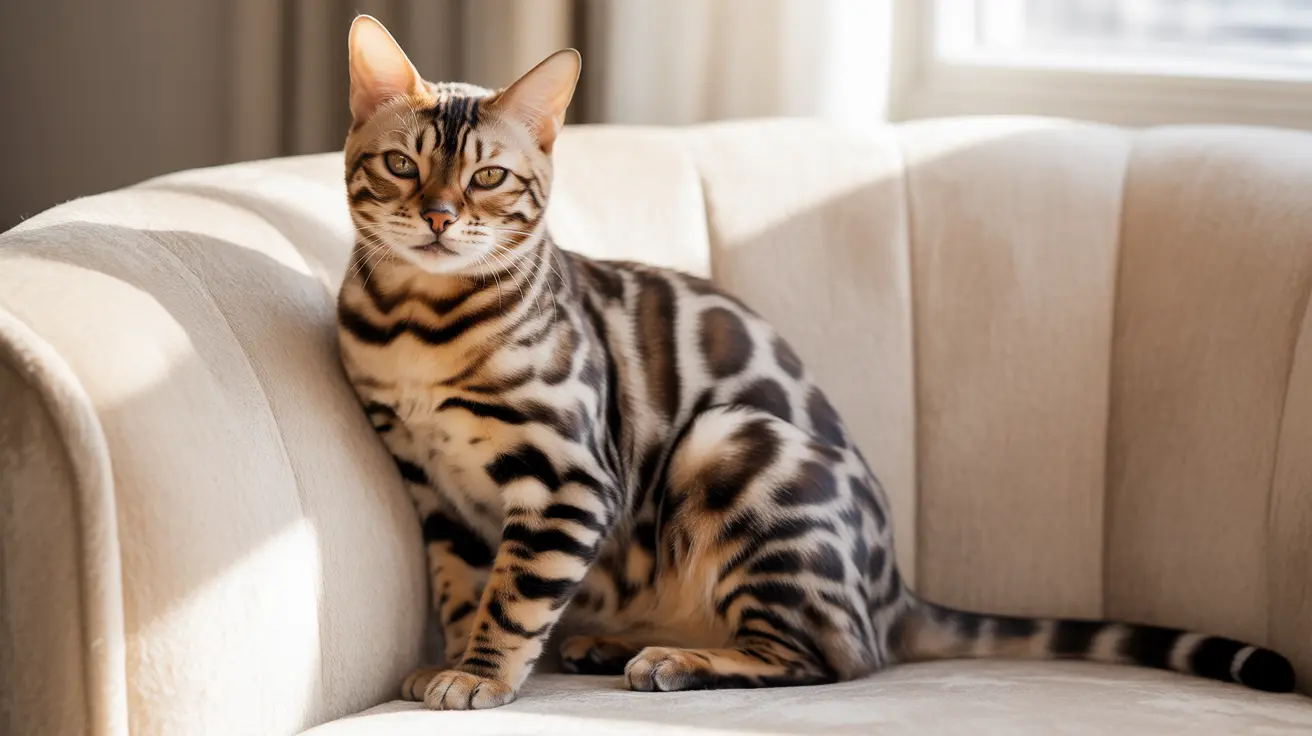The Rottweiler stands as one of the most distinguished and versatile dog breeds, combining strength, intelligence, and unwavering loyalty. With their rich history dating back to ancient Rome and their evolution through medieval Germany, these powerful dogs have transformed from cattle drivers and guardians to beloved family companions.
Understanding proper Rottweiler care is crucial for anyone considering or already owning this magnificent breed. From their specific health requirements to training needs and daily maintenance, a comprehensive approach ensures these dogs thrive in modern homes while maintaining their natural protective instincts and affectionate nature.
Historical Origins and Heritage
The Rottweiler's journey began with Roman drover dogs, bred to protect and control livestock during the empire's expansion. As Roman legions settled in Germany, these dogs found their defining home in the town of Rottweil, where they earned their name and reputation as the "Rottweiler Metzgerhund" (Butcher's Dog of Rottweil).
Throughout centuries, the breed's versatility proved invaluable, transitioning from cattle driving to various working roles while maintaining their core characteristics of strength, intelligence, and loyalty. Today, Rottweilers are cherished both as dependable working dogs and as devoted family pets, celebrated for their courage and confidence.
Physical Characteristics and Size
Rottweilers possess a distinctive appearance characterized by their muscular build and powerful presence. Adult males typically stand 24-27 inches tall and weigh 95-135 pounds, while females measure 22-25 inches and weigh 80-105 pounds. Their coat features the classic black base with rich mahogany or tan markings, creating an instantly recognizable appearance.
Essential Health Considerations
Maintaining Rottweiler health requires vigilant attention to several key areas. Common health challenges include:
- Hip and elbow dysplasia
- Cardiac issues
- Osteosarcoma
- Gastric Dilatation-Volvulus (bloat)
- Joint problems
Rottweiler owners should work closely with veterinarians for early detection of hereditary conditions. Routine check-ups, preventive screenings, and maintaining a healthy weight can significantly reduce health risks. Moreover, responsible breeding practices are essential to limit genetic issues within the breed.
Training and Behavioral Development
Successful Rottweiler training begins with early socialization and consistent positive reinforcement. These intelligent dogs excel in obedience training when given clear direction and purpose. Their natural protective instincts must be properly channeled through structured training programs to ensure they become well-adjusted family members.
Introducing your Rottweiler to various people, environments, and other animals at a young age fosters confidence and stability. Obedience classes, advanced skills, and even participation in canine sports can help engage your Rottweiler's sharp mind and athletic build, making them both manageable and fulfilled.
Exercise and Activity Requirements
Regular exercise is crucial for maintaining both physical health and behavioral balance. A minimum of 60 minutes of daily activity should include:
- Structured walks
- Interactive play sessions
- Mental stimulation exercises
- Controlled off-leash activities in secure areas
Without adequate physical and mental stimulation, Rottweilers may develop undesirable behaviors such as destructiveness or excessive barking. Incorporate variety into their routine to prevent boredom and encourage a healthy, active lifestyle.
Grooming and Maintenance Protocol
Despite their short coat, Rottweiler grooming requires regular attention. The breed experiences moderate year-round shedding with heavier periods during seasonal changes. A consistent grooming routine should include:
- Weekly brushing (more frequent during shedding seasons)
- Regular nail trimming
- Dental hygiene maintenance
- Ear cleaning and inspection
Bathing should be done occasionally, using dog-specific shampoos to maintain skin health and coat luster. Regular grooming sessions also offer opportunities to check for skin irritations, parasites, or abnormal lumps, ensuring your Rottweiler remains in top condition.
Nutrition and Dietary Guidelines
Proper nutrition forms the foundation of Rottweiler health and longevity. Feed high-quality, large-breed specific food appropriate for your dog's life stage. Portion control is essential to prevent obesity and related health issues. Consider splitting daily rations into two meals to reduce the risk of bloat, and always provide access to fresh, clean water. Consult your veterinarian for tailored dietary advice, especially if your Rottweiler has unique health concerns or allergies.
Frequently Asked Questions
- What are common health issues in Rottweilers? Rottweilers are prone to hip dysplasia, heart conditions, and certain cancers; regular vet check-ups are essential to monitor for these issues and catch any potential problems early.
- How much exercise does a Rottweiler need? Rottweilers require daily physical and mental exercise to stay healthy and happy. Structured walks, playtime, and training sessions help meet both their physical needs and keep them mentally stimulated.
- Is a Rottweiler a good family dog? Yes, Rottweilers are loyal, protective, and can be good with children if properly trained and socialized from a young age. Their natural guarding instincts also make them dependable companions.
- How often should I groom a Rottweiler? Brush a Rottweiler several times a week, and more often during shedding; baths are only needed occasionally, but regular ear, nail, and dental care should not be overlooked.
- What is the temperament of a Rottweiler? Rottweilers are confident, loyal, energetic, and protective; consistent training is important to ensure their natural instincts are appropriately directed and they remain calm in various situations.
- Are Rottweilers easy to train? Rottweilers are intelligent and learn quickly, but they require consistent and assertive training. An experienced handler or obedience classes are recommended for new owners.
- How long do Rottweilers live? Rottweilers typically live 8 to 10 years, though good care can sometimes extend this. Regular veterinary care, proper diet, and exercise are key for longevity.
- Do Rottweilers get along with other pets? With proper socialization, Rottweilers can get along with other pets, although their natural instincts may require careful introductions and supervision, particularly with smaller animals.
- How big do Rottweilers get? Adult males weigh 95–135 lbs (43–61 kg), and females 80–105 lbs (36–48 kg); height ranges from 22–27 inches (56–69 cm). Their large size and muscular build require ample space and strong leadership.
- What diet is best for a Rottweiler? A balanced, high-quality diet suitable for large breeds supports Rottweiler health. Consult a veterinarian for tailored guidance, particularly if your dog has unique needs.
- Can Rottweilers be left alone for long periods? Rottweilers prefer company and can suffer from separation anxiety if left alone for too long. It's important to provide companionship, adequate exercise, and mental stimulation, as well as training to ease brief periods of solitude.
Understanding and meeting the comprehensive needs of a Rottweiler ensures these magnificent dogs can fulfill their potential as loyal protectors and beloved family companions. With proper care, training, and attention to their health requirements, Rottweilers prove to be exceptional partners in any suitable home environment.






